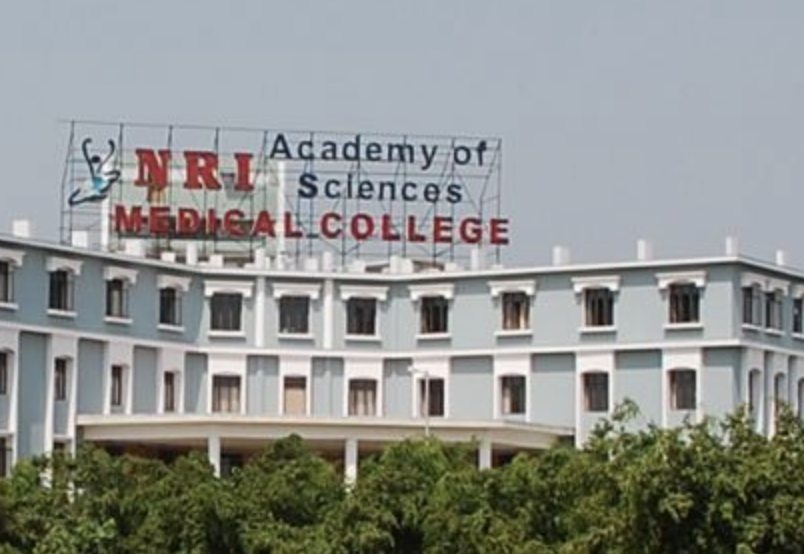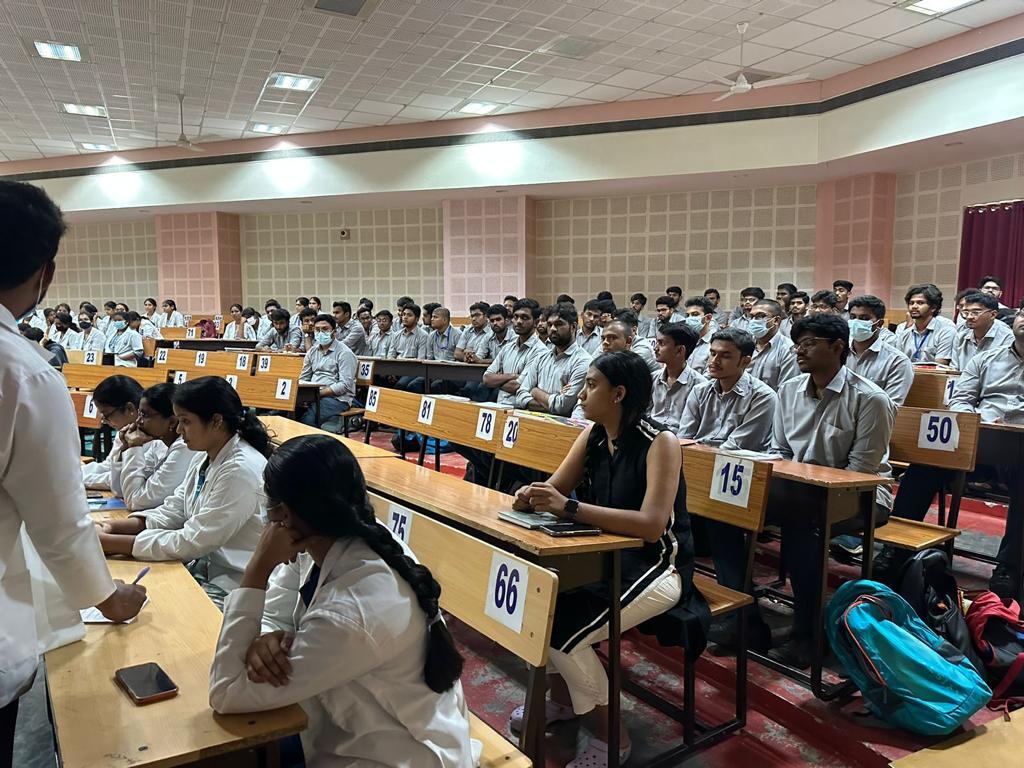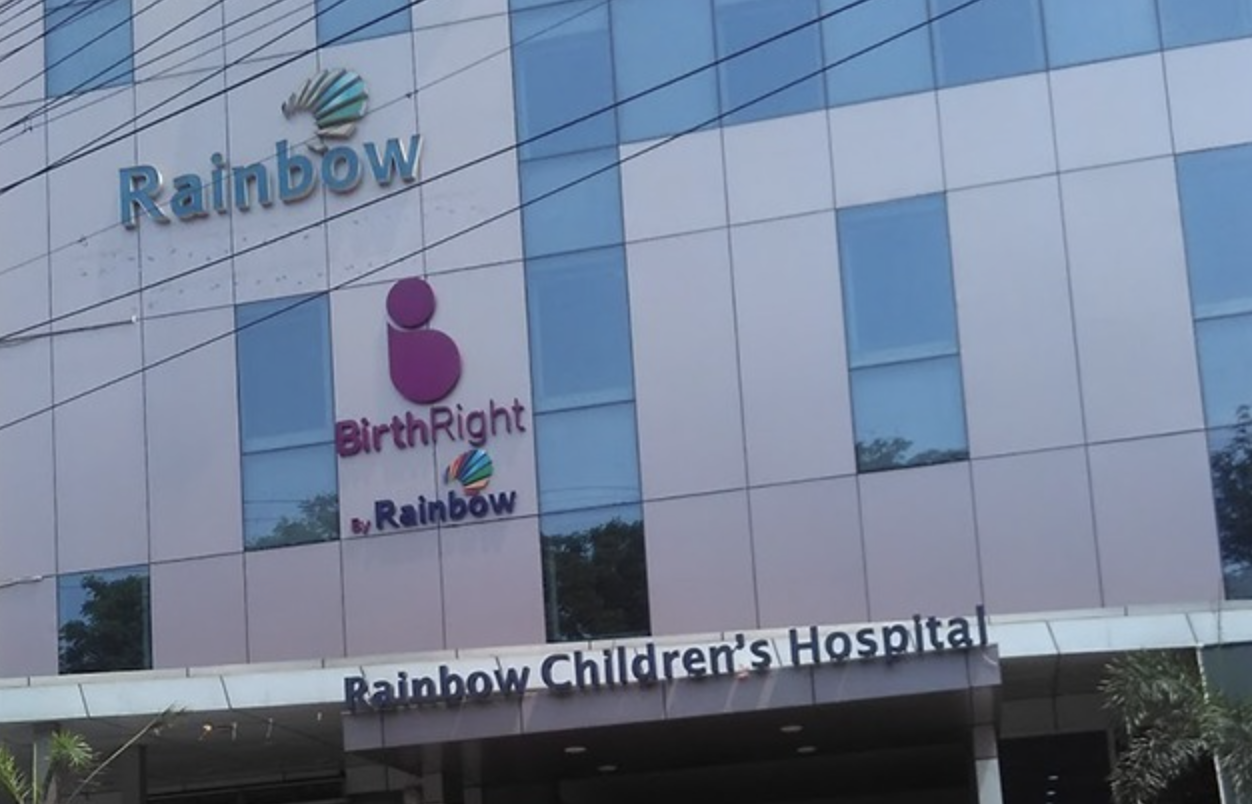ENT: Day 2

Dr. Rayudu was invited to give a lecture at NRI, one of the top medical colleges in Guntur! I tagged along since he was just giving a general lecture, and I was curious to see what the education would be like here.
I was in a room of final year MBBS students. In case you're wondering what that means, I'll explain it:) The school systems of the USA and India are pretty different.
In America, high school ends after 12th grade. Aspiring doctors must first get a bachelors degree in science, usually after 4 years of college. Then, if they pass the MCAT, they apply to medical college which takes 4 more years. At the end of med school, they are awarded their medical degree and move on to residency.
In India, high school actually ends after 10th grade. After, they move on to intermediate school for two years (where they are either first-years of second-years). Here, they focus more on the subjects they want to study. After intermediate school, students interested in becoming doctors need to take an entrance exam to qualify for MBBS (Bachelor of Medicine and Bachelor of Surgery) which takes 5 years. Afterwards, they choose a specialization to study for which is essentially like residency.
So, the students whose class I crashed had just begun their final year!
The lecture Dr. Rayudu gave was about the steps they would have to take after their MBBS. They needed to pass the exit test (NExT) and choose a specialization to hone in on.
The learning environment was much more formal than I had expected. Everyone was wearing uniforms and the boys and girls sat separated. This environment was very different from the more laid back nature of American college. It encouraged immense focus and concentration.

*Me (seat 15) listening to the lecture.
Afterwards, we went to the Rainbow Children's Hospital since Dr. Rayudu was working on a few cases there as well.

*Rainbow Children's Hospital in Vijayawada
Contrary to the multiple sub-specialties found in America, the doctors here usually become qualified to cover all aspects of their field. For example, cases that a pediatric gastroenterologist would handle in America would simply be assigned to a general gastroenterologist in India. Most doctors learn to handle procedures, surgeries, outpatient cases, pediatrics, and even teaching on their own respective fields.